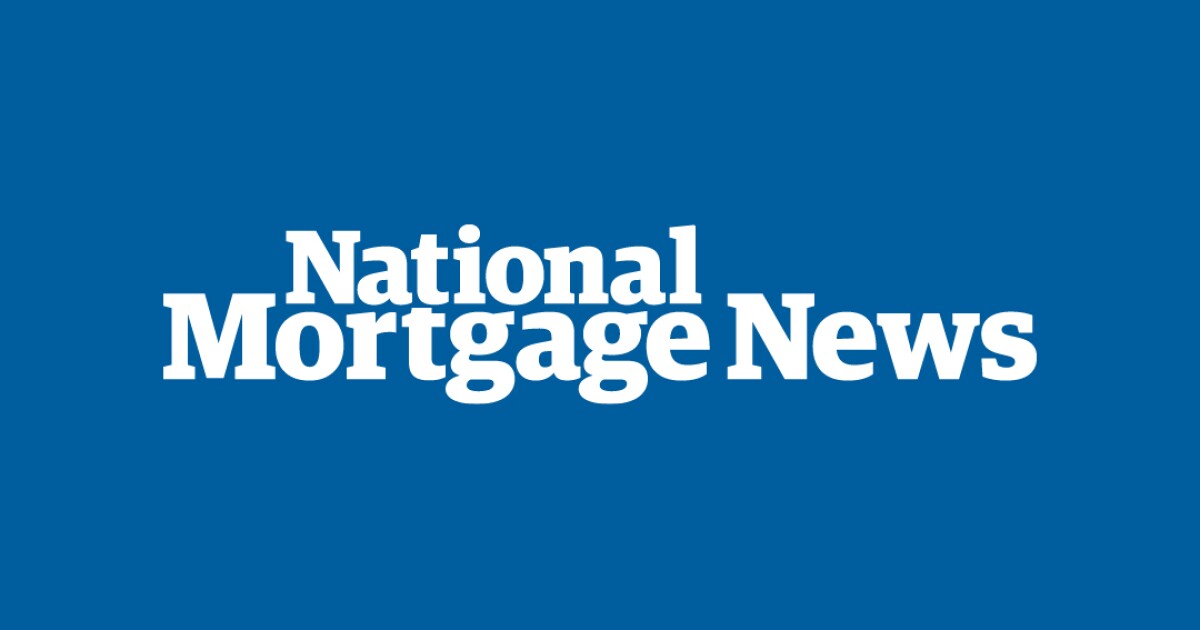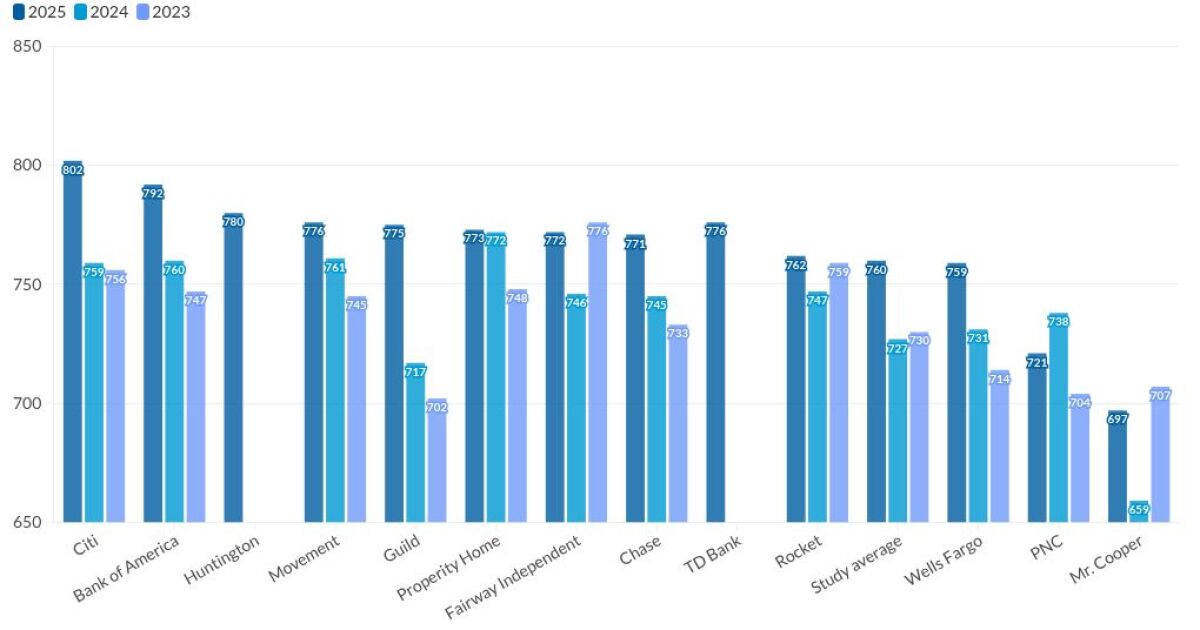
Santander Bank is sponsoring the issue of its third non-qualified mortgage (non-QM)/investor loan securitization this year. The bank is a mortgage loan aggregator that predominantly focuses on non-agency loan aggregation and securitization.
The Santander Mortgage Asset Receivable Trust 2025-NQM3 will issue notes totalling $283.64 million. The sponsor and seller is Santander Bank, the depositor is Santander Mortgage Asset Dispositor, and the trustee is Citibank.
The loans' main originators are HomeXpress Mortgage Corp. and OCMBC (LoanStream). The primary servicer is Selene Finance, the special servicer is Fay Servicing, and the master servicer is NewRez.
The notes are backed by first-lien, fixed- and adjustable-rate, fully amortizing residential mortgage loans, some with interest-only periods, according to S&P Global Ratings. The loans have an average seasoning of four months.
The 665 properties in the pool are geographically well diversified and consist of single-family residential, townhouses, planned-unit developments, condominiums, and two- to four-family residential. The loans are non-qualified mortgage/ability-to-repay-compliant (ATR-compliant) and ATR-exempt loans. Investor loans account for 46.42% of the pool. These loans were issued using Debt Service Coverage Ratios (DSCR).
S&P says that it considers the collateral in the pool to be non-prime. It notes that, although the collateral pool is weaker than that of a prime pool, its credit quality is generally in line with expectations for a non-prime residential mortgage pool.
The pool's weighted average original loan-to-value ratio is 72.49%, which S&P says is better than archetypal home equity ratios. The loans' weighted-average FICO score of 731 is also better than archetypal scores.
S&P's ratings for the senior notes are AAA for classes A-1, A-1A, and A-1B; AA for A-2; and A for A-3.
Mezzanine M-1 notes are rated BBB, and subordinate notes are rated BB for B-1, B for B-2. The remaining notes are unrated.
Credit enhancement for the rated notes is provided by subordination of notes that are lower in the payment priority, according to S&P. In the interest payment waterfall, interest and interest shortfall amounts are allocated sequentially to the class A-1A, A-1B, A-2, A-3, M-1, B-1, and B-2 notes.
There is also excess spread, which can be used to pay accumulated interest and principal shortfalls. The credit enhancement varies between 30.2% for class A-1 notes and 1.8% for class B-2.



